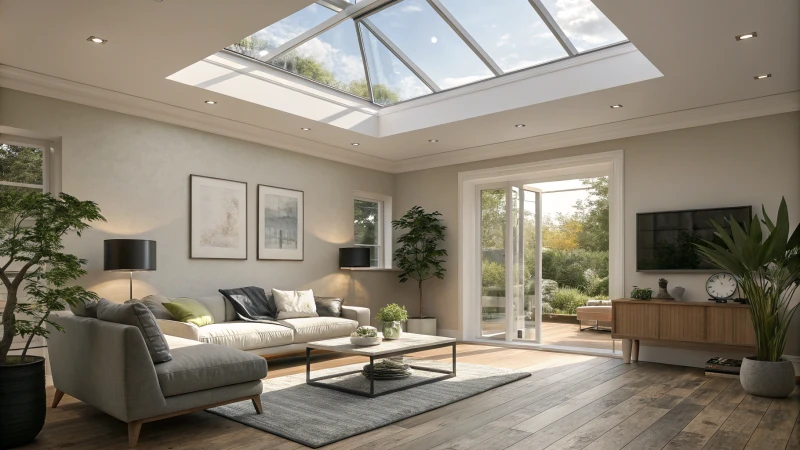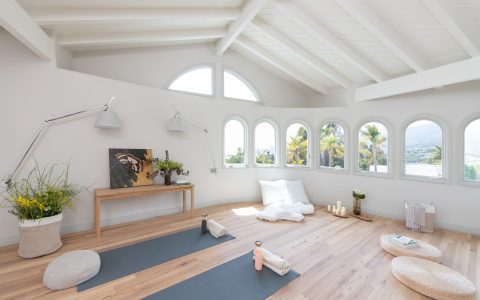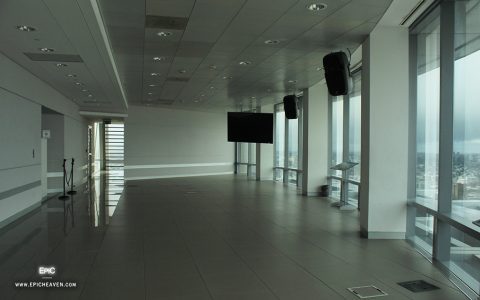Light wells, also known as light courts or air shafts, are unroofed external spaces, or spaces covered with a transparent material, provided within the volume of a large building. Their primary purpose is to allow natural light and ventilation to penetrate into areas that would otherwise be dark or poorly ventilated due to their depth or distance from the building's perimeter.
Key Functions and Benefits
- Natural Illumination: The core function is to introduce daylight deep into a building's interior, reducing the reliance on artificial lighting. This is particularly crucial for lower floors, basements, or central areas of large structures.
- Improved Ventilation: Open light wells can facilitate natural airflow, improving indoor air quality and thermal comfort.
- Energy Savings: By maximizing natural light and potentially reducing the need for air conditioning, light wells contribute to lower energy consumption.
- Enhanced Occupant Well-being: Access to natural light is linked to improved mood, productivity, and overall health of building occupants.
- Architectural Feature: Light wells can serve as an aesthetic element, creating visually interesting internal courtyards or focal points.
Design Considerations
The effectiveness of a light well is significantly influenced by its design:
- Size and Proportions: A larger and wider well generally allows more light. The depth-to-width ratio is critical; deeper, narrower wells are less effective.
- Surface Reflectivity: The color and material of the well's walls are important. Lighter, more reflective surfaces (e.g., white paint, mirrors, or specialized reflective materials) can significantly increase the amount of light distributed.
- Glazing: If the well is covered (e.g., for weather protection or security), the type of glazing used (e.g., clear, frosted, or prismatic glass/plastic) will impact light transmission and distribution.
- Orientation and Shading: The building's orientation and potential shading from adjacent structures or overhangs will affect the amount of direct sunlight entering the well.
- Maintenance: Surfaces, especially reflective ones and any glazing, require regular cleaning to maintain optimal performance.
Types of Light Wells
While the basic concept is similar, variations exist:

- Open Light Wells: Traditional, unroofed shafts open to the sky. They provide maximum light and ventilation but are exposed to weather.
- Covered/Glazed Light Wells: Topped with transparent or translucent material (e.g., glass roof, skylight). This protects from weather while still admitting light. Ventilation might be managed mechanically or through operable openings.
- Light Pipes/Tubular Daylight Devices (TDDs): A more modern variant, these systems use a highly reflective tube to channel sunlight from a collector on the roof or an exterior wall to a diffuser at the ceiling level of an interior space. While not "wells" in the traditional sense, they serve a similar purpose for smaller, targeted areas.
Applications
Light wells are commonly found in:
- Deep-plan buildings: Office buildings, hospitals, and large residential complexes where central areas are far from external windows.
- Below-grade spaces: Basements or subterranean levels requiring natural light.
- Historic buildings: Often incorporated in older urban constructions, particularly in dense city blocks.
- Renovations: Added to existing structures to improve daylighting in poorly lit areas.
Properly designed light wells are a valuable architectural strategy for creating healthier, more energy-efficient, and aesthetically pleasing indoor environments.






